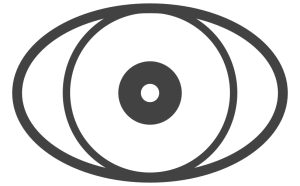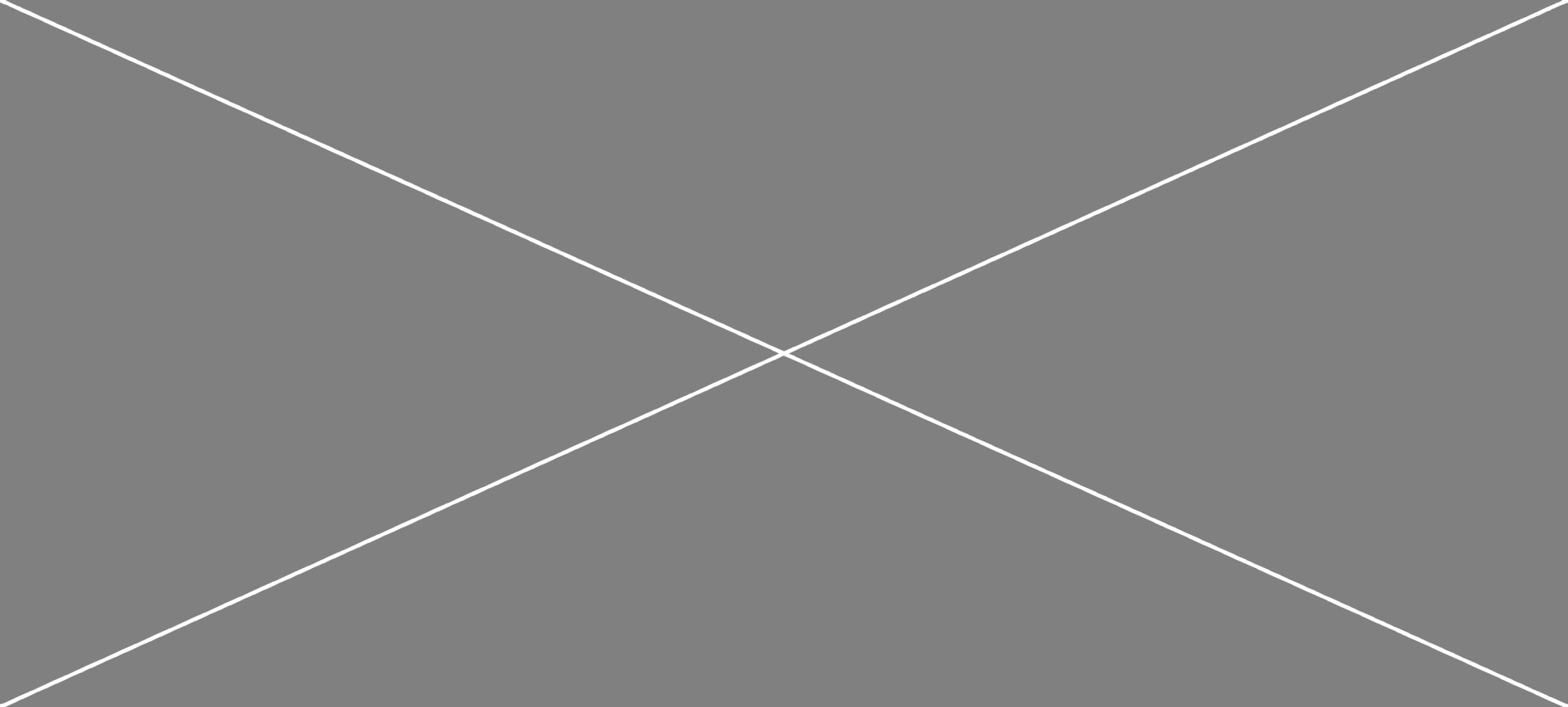On March 12, 2025, I’ll present a talk titled “Watching Animals ‘Do Nothing’: Mapping Captivity’s Stillness in Berlin” as part of the panel I am co-hosting—“Multispecies Mapping: Diffracting the Critical through More-than-human Cartographies”—at STS-hub.de 2025: Diffracting the Critical in Berlin. This contribution is part of my recently finished research project “Infrastructuring Multispecies encounters: an ethnography of more-than-human urban assemblages in Berlin’s petting zoos,” financed by the DFG as a Walter-Benjamin Fellow.
The talk begins with an ordinary scene: a child at a city animal park complaining that the animals are “doing nothing.” Taking that remark seriously, I ask what it might mean to map “nothingness”—to read stillness not as absence but as a patterned effect of enclosures, routines, and relations. Over several months, I observed human–animal encounters at two public sites in Berlin where farmed animals are displayed and frequently fed: Tierpark Neukölln (Hasenheide) and the Kinderbauernhof at Görlitzer Park. Through fieldnotes, short interviews/surveys, and a set of experimental maps, I traced how immobility is produced and sustained.
By immobility, I don’t mean simply “lack of motion.” I differentiate four layers: physical immobility (fences, walls, nets); managerial immobility (feeding times, visiting schedules, path design); ontological immobility (animals fixed as “attractions,” “lessons,” or “farm stock,” limiting how they can appear); and relational immobility (the way animals learn to linger at the fence where human attention, treats, and photographs accumulate). Taken together, these layers create a cartography of curtailed possibilities—an atlas of can’t, shouldn’t, and won’t—that is ethical and political as much as spatial.
Why mapping? Because drawing routes, pauses, and desire lines helps stabilize fleeting encounters long enough to interrogate the infrastructures of care and control that make them possible. A sketch of the pigeon house turns into a diagram of non-flight; a plan of the sheep barn reveals zones where bodies funnel, idle, or negotiate touch. In both cases, maps become devices for noticing—not decorative outputs. They bring into view the frictions between pedagogical intentions, visitor pleasures, and animals’ capacities to flourish.
This methodological wager connects directly to our panel’s diffractive brief. We are not treating maps as neutral representations but as multimodal, more-than-human practices that assemble traces—sound, smell, routes, residues—into experiments in public reasoning. Across the session, we’ll reflect on three threads: (1) semantics and translation—how to name and share multispecies traces without flattening them; (2) territorial (re)definitions—how encounters remake boundaries and belonging; and (3) resistances and limits—where multispecies cartographies meet institutionality, legal categories, or community concerns that push back.
Importantly, presenting this as orphan research matters. Without a project grant or institutional umbrella, the work remains agile: responsive to field constraints, hospitable to collaboration, and open to being challenged in public. At the same time, its “orphan” status names a broader structural issue in STS and anthropology: inventive, small-scale inquiries into everyday multispecies infrastructures are often significant yet under-resourced. Making that explicit is part of the argument—our mapping practices need not only conceptual backing but also material support to travel beyond the seminar room.
What to expect in the room: a brief talk with map-posters, a discussion of the above layers of immobility, and a hands-on invitation to “read” a space together—to mark where attention accumulates, where bodies rest, where risks and care unevenly distribute. I hope it sparks debate on redesign (what would a more capacious enclosure look like?), on retreat (where should humans step back?), and on refusal (what should not be mapped—or exhibited—at all?).
If you’ll be in Berlin for STS-hub.de 2025, I’d love to see you there. And if you work with urban farms, animal parks, or multispecies infrastructures—inside or beyond Berlin—please reach out. This orphan research endures through conversation, critique, and the shared task of mapping critical zones where humans and more-than-humans intersect.

